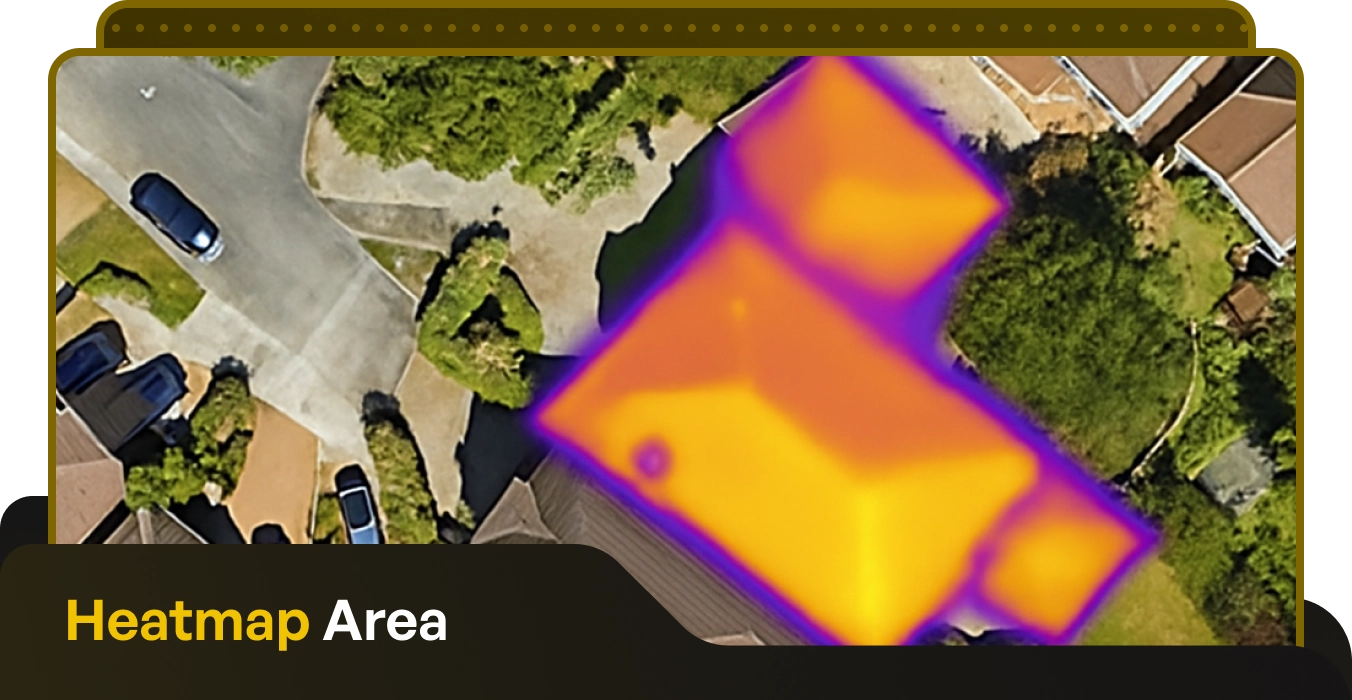New rules to allow data centres to generate electricity with gas

Written by: Briain Kelly
Published: February 19, 2025
Last updated: October 8, 2025
Reading time: 2 mins
The Commission for Regulation of Utilities has published new proposed rules for allowing new data centres to connect to the electricity network, but there are no renewable energy requirements attached.
Data Centres are at the centre of the debate on Ireland’s seemingly competing needs for digitalisation to support economic growth, and the urgent requirement to decarbonise our electricity grid to meet our climate targets.
Electricity consumption by Data Centres has grown from 5% of Ireland’s total demand in 2015 to 21% in 2023, accounting for 85% of the overall electricity demand growth.
This is expected to grow to 30% by 2030 based on what has already been contracted if no additional data centres are contracted.
The electricity demand from data centres and new tech such as heat pumps and EVs is expected to almost double from 7.1TWh in 2023 to 13.3TWh in 2032.
As a result there has been an effective moratorium on new data centre projects due to the strain they could place on the electricity grid.
The CRU has published its proposals for new rules which govern new proposals for data centres in Ireland.
The proposed rules state that data centres should have their own electricity generation or storage facilities on site or nearby, but make no requirement for renewable energy capacity in any form.
Data centres are singled out among other Large Energy Users (LEUs) as they grow to massive energy use extremely quickly once connected to the grid, while other users ramp up over time.
This has had a particularly strong impact in specific areas such as the Dublin/Meath region, where 50% of the electricity produced today is being consumed by data centres.
The power generation or storage capacity data centres are to have on hand would have to be based on the maximum amount which they import from the grid.
This power would also have to be dispatchable, meaning that it could be sent out to the grid to help in times of high demand if required.
The CRU states that there is not sufficient legal basis to mandate “explicit emissions reduction and off-setting measures”, such as setting specific requirements for renewable energy capacity.
Instead the rules propose that Large Energy Users should be required to self-report to their System Operator annually in relation to their use of renewable energy and their sites’ emissions.
The plan does state that technologies being used for electricity generation should be “sufficiently futureproofed in terms of facilitating low/zero emissions going forward”.
An example of this would be ensuring that any gas generators used by data centres would be capable of running on hydrogen or biofuel in the future.
The proposed rules would only apply to new projects seeking approval for a connection to the electricity grid, not those which have already received such approval.
The CRU has also said that the specific requirements for a data centre would be agreed at the outset, and not subject to change over time.
New rules to allow data centres to generate electricity with gas
Published: February 19, 2025
Last updated: October 8, 2025

Written by: Briain Kelly
Reading time: 2mins
The Commission for Regulation of Utilities has published new proposed rules for allowing new data centres to connect to the electricity network, but there are no renewable energy requirements attached.
Data Centres are at the centre of the debate on Ireland’s seemingly competing needs for digitalisation to support economic growth, and the urgent requirement to decarbonise our electricity grid to meet our climate targets.
Electricity consumption by Data Centres has grown from 5% of Ireland’s total demand in 2015 to 21% in 2023, accounting for 85% of the overall electricity demand growth.
This is expected to grow to 30% by 2030 based on what has already been contracted if no additional data centres are contracted.
The electricity demand from data centres and new tech such as heat pumps and EVs is expected to almost double from 7.1TWh in 2023 to 13.3TWh in 2032.
As a result there has been an effective moratorium on new data centre projects due to the strain they could place on the electricity grid.
The CRU has published its proposals for new rules which govern new proposals for data centres in Ireland.
The proposed rules state that data centres should have their own electricity generation or storage facilities on site or nearby, but make no requirement for renewable energy capacity in any form.
Data centres are singled out among other Large Energy Users (LEUs) as they grow to massive energy use extremely quickly once connected to the grid, while other users ramp up over time.
This has had a particularly strong impact in specific areas such as the Dublin/Meath region, where 50% of the electricity produced today is being consumed by data centres.
The power generation or storage capacity data centres are to have on hand would have to be based on the maximum amount which they import from the grid.
This power would also have to be dispatchable, meaning that it could be sent out to the grid to help in times of high demand if required.
The CRU states that there is not sufficient legal basis to mandate “explicit emissions reduction and off-setting measures”, such as setting specific requirements for renewable energy capacity.
Instead the rules propose that Large Energy Users should be required to self-report to their System Operator annually in relation to their use of renewable energy and their sites’ emissions.
The plan does state that technologies being used for electricity generation should be “sufficiently futureproofed in terms of facilitating low/zero emissions going forward”.
An example of this would be ensuring that any gas generators used by data centres would be capable of running on hydrogen or biofuel in the future.
The proposed rules would only apply to new projects seeking approval for a connection to the electricity grid, not those which have already received such approval.
The CRU has also said that the specific requirements for a data centre would be agreed at the outset, and not subject to change over time.
Solar Energy Saves Households Thousands in Electricity Costs
Take our 2-minute questionnaire and find affordable solar options to suit your budget and lifestyle.



